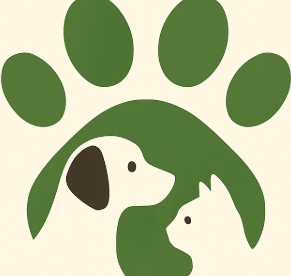
Understanding Faults in Dog Agility Competitions
Dog agility is an exhilarating sport that showcases the incredible bond between handlers and their furry companions. Yet, as with any sport, there are specific rules and faults that competitors must navigate for a successful run. One of the primary focuses for judges is the handler's ability to guide their dog through a series of obstacles, ensuring all actions are executed correctly to avoid penalties.
In 'How to judge agility with Ashleigh Butler | The International Agility Festival', the discussion dives into the intricacies of dog agility competitions, exploring key insights that sparked deeper analysis on our end.
Common Faults Handlers Should Avoid
As discussed in the video featuring agility expert Ashleigh Butler, there are five main faults that can pop up during a competition:
- Missed Contacts: When the dog fails to hit the designated contact zones on obstacles like the Seesaw, dog walk, or A-frame, judges will penalize with five faults.
- Knocking Down Poles: A dog might unintentionally knock down a pole while navigating through jumps or weave poles, which also incurs a five-fault penalty.
- Exiting Weaves Incorrectly: If a dog leaves the weave poles prematurely, this is noted by the judge as a fault that costs five points.
- Refusals: Denoted as '5R,' a refusal occurs when a dog approaches an obstacle but runs past it without attempting to jump, leading to frustration for both the dog and handler.
- Eliminations: Accumulating three refusals or taking an incorrect course leads directly to elimination, marking a disappointing end to what could have been a promising run.
The Role of Judges and Scrimers
A significant part of agility competitions involves the judging process, which is crucial in maintaining the integrity of the event. Judges not only observe and score the dogs but also communicate various penalties to scrimers, who diligently record every fault and decision throughout the competition. This teamwork allows for a clear, organized, and fair assessment of each participant.
Preparing for a Competitive Day
As Ashleigh notes, managing around 288 dogs in a day calls for rigorous attention to detail and immense energy. For competitors and their dogs, preparation is essential. A solid training routine that emphasizes overcoming obstacles while understanding fault indicators is vital in order to compete effectively and enjoy the sport.
Why Agility Matters to Dog Lovers
For pet lovers, understanding agility competition not only enhances your appreciation for the sport but also deepens your connection with your own animals. Agility training is not just about competition; it also promotes mental stimulation, physical exercise, and strengthens the bond between pet and owner.
If you’re considering entering the world of agility or wish to improve your dog’s behavior and skills, consulting with a pet behaviorist can be extremely beneficial. They can provide tailored strategies and tips that cater to your dog’s unique needs.
Conclusion: Embrace the Joy of Agility Training
Dog agility is a wonderful outlet for bonding with your furry friend while enhancing their skills. If you’ve been inspired by understanding the nuances of agility trials and want to explore this exciting adventure with your pet, don’t hesitate to reach out to professionals willing to guide you. Enjoy the health benefits of an active lifestyle, both for you and your dog!
 Add Row
Add Row  Add
Add 




 Add Row
Add Row  Add
Add 

Write A Comment